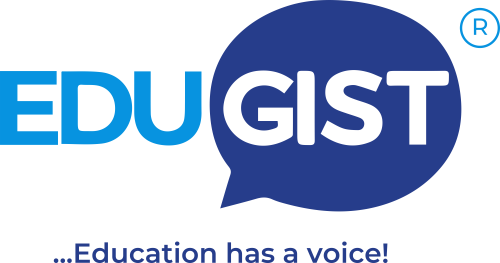Teaching students who learn at a slower pace requires educators to adopt a multifaceted approach that blends patience, understanding, and effective instructional strategies. This essay explores the essential techniques and principles that teachers should embrace when working with slow learners.
Firstly, it is crucial to develop Individualized Learning Plans (ILPs)tailored to each student’s unique needs and learning style. By assessing their strengths and weaknesses, educators can set realistic learning goals and devise strategies that cater to their pace of comprehension. This personalized approach not only enhances academic progress but also boosts the student’s confidence and motivation.
Secondly, Differentiated Instruction plays a pivotal role in accommodating diverse learning styles within the classroom. Slow learners often benefit from varied teaching methods, including visual aids, hands-on activities, and auditory instructions. This flexibility ensures that every student receives the necessary support and opportunities to grasp concepts effectively.
Moreover, Positive Reinforcement serves as a powerful tool in encouraging slow learners. Offering praise, recognition, and rewards for incremental achievements reinforces their efforts and reinforces a growth mindset. This positive feedback fosters a supportive learning environment where students feel valued and motivated to persist in their academic endeavours.
To facilitate comprehension, teachers should break down complex tasks into manageable steps. By presenting information in smaller increments, educators reduce cognitive overload and enable students to digest content more effectively. This methodical approach not only promotes understanding but also empowers students to tackle challenges with greater confidence.
Incorporating Visual Aids such as charts, diagrams, and multimedia resources enhances the learning experience for slow learners. Visual representations can clarify abstract concepts, facilitate retention, and cater to visual learners’ preferences. Integrating these tools into lessons promotes active engagement and reinforces key concepts through multiple sensory channels.
Furthermore, encouraging self-paced learning empowers slow learners to progress at their own speed. Providing flexible timelines for assignments and assessments accommodates individual learning rhythms and reduces the pressure to meet uniform deadlines. This autonomy promotes a sense of ownership over learning outcomes and encourages students to take initiative in their educational journey.
Effective communication and collaboration with parents or guardians are essential components of supporting slow learners. By maintaining open dialogue and sharing progress updates, educators enlist families as partners in reinforcing learning at home. This partnership ensures continuity between school and home environments, fostering a cohesive support system that nurtures the student’s holistic development.
Creating a supportive classroom environment is equally crucial. Cultivating a culture that celebrates effort, perseverance, and mutual respect fosters a sense of belonging and encourages risk-taking in learning. Establishing clear expectations and promoting inclusive practices cultivates a safe space where slow learners feel valued, accepted, and empowered to participate actively in classroom activities.
Continuous professional development is essential for educators striving to meet the diverse needs of their students. Ongoing training in effective teaching strategies for slow learners equips teachers with new tools, insights, and resources to enhance instructional practices. By staying abreast of research-based methodologies, educators can refine their approach and adapt to evolving educational landscapes effectively.
In conclusion, teaching slow learners requires a comprehensive approach that prioritizes individualized support, differentiated instruction, positive reinforcement, and collaborative partnerships. When we embrace these principles, educators can create inclusive learning environments where every student, regardless of pace, has the opportunity to thrive academically, socially, and emotionally. Through dedication, empathy, and continuous professional growth, teachers play a pivotal role in nurturing the potential of every student, ensuring equitable access to quality education for all.















